
Named for a Don Cherry composition included on this album, the core trio of The Thing--Mats Gustafsson on reeds, Ingebrigt Haker Flaten on bass, and Paal Nilssen-Love on drums--is joined by saxophonist and pocket trumpter Joe McPhee, recording classic free jazz and harmolodic pieces by Don Cherry, Ornette Coleman, James Blood Ulmer, Frank Lowe, & Joe McPhee.
In Stock
Quantity in Basket: None
Log In to use our Wish List
Shipping Weight: 3.00 units
EU & UK Customers:
Discogs.com can handle your VAT payments
So please order through Discogs
Sample The Album:
Mats Gustafsson-reeds
Joe McPhee-pocket trumpet, tenor saxophone
Ingebrigt Haker Flaten-bass
Paal Nilssen-Love-drums
Click an artist name above to see in-stock items for that artist.
UPC: 752156102823
Label: ezz-thetics by Hat Hut Records Ltd
Catalog ID: ezz-thetics 1028
Squidco Product Code: 29651
Format: CD
Condition: Sale (New)
Released: 2020
Country: Switzerland
Packaging: Cardboard Gatefold
Recorded at Nord Studios in Stockholm, Sweden, on February 21st and 22nd, 2001, by Leif Allanson.
"Albert Ayler and Don Cherry were the gravitational forces which inevitably drew The Thing and me together long before we actually met. In 1963, by chance, I saw the Sonny Rollins Quartet with Henry Grimes on bass, Billy Higgins on drums, and Don Cherry on pocket trumpet at Birdland in New York. I had heard Don with Ornette Coleman on record many times of course, but this experience, up close and personal, sealed my fate with the pocket horn to this day. While serving military service as a trumpeter with the 3rd Infantry Division Band in Wurzburg, Germany, in 1964, I began reading intriguing stories about saxophonist Albert Ayler, but at that time I had not heard his music. I was (and still am) a total Miles Davis fanatic, but by then I had discovered Pithecanthropus Erectus by Charles Mingus. Ornette Coleman was already dancing in my head; John Coltrane and Eric Dolphy were exploring "stellar regions" and "going where no one had gone before." I tried to emulate Coltrane's sheets of sound concept on the trumpet (a pretty stupid idea which was abandoned, though perhaps not quickly enough).
When the army band traveled to Copenhagen, I took the opportunity to visit the Jazzhus Montmartre, hoping to meet Mr. Ayler. Tenor saxophonist Booker Ervin was in the house at that time and informed me that Albert and Don had been there but had just left for Paris. The first thing I did upon release from the Army in 1965, was to find a recording of Albert's music. In a New York record shop, I discovered the ESP Disk, Bells, a clear vinyl wonder with a silk-screen graphic on one side. A voice over my shoulder asked my opinion. It was Donald Ayler, who explained he was a trumpeter and Albert's brother. When he learned I played trumpet as well, he invited me to a rehearsal, but I had no instrument and had to catch a train back home to Poughkeepsie. That was probably a good thing; I might never have had the nerve to pick up a saxophone after being a witness to that. Two years later, at John Coltrane's funeral, I heard Albert Ayler live for the first time. The sound and passion I heard that day, led me in 1968 to begin my explorations of the saxophone.
In 1996, Peter Brötzmann asked John Corbett in Chicago to help organize a band for a planned visit to the States as he had done many times before. John suggested the possibility of organizing a larger group than a trio, perhaps a septet or octet along the lines of Brötzmann's earlier large ensembles. Peter had already performed with a number of Chicago musicians in the recent past, so the first iteration of the large group gave its debut performances. In 1997, John suggested adding two more musicians not from Chicago. In addition to Peter, Ken Vandermark, Mars Williams, Jeb Bishop, Fred Lonberg-Holm, Kent Kessler, Michael Zerang, and Hamid Drake: Mats Gustafsson and me, Joe McPhee. Thus the original version of Peter Brotzmann's Chicago Tenet came to be. I remember so well meeting Mats with such joy and enthusiasm. He immediately suggested playing together in Europe and I was beyond being up for the idea. Three years later, The Thing became a dream given form, they invited me and I became a more or less permanent guest on an extraordinary journey across known and unknown universes. One such journey was an American Smoked Meat and Barbecue Tour, the sole pur-pose of which was to see the USA, play kick ass music, and chow down on BBQ, especially at Ruby's Barbecue in Austin, Texas.
WHO IS SHE AND WHAT DOES SHE KNOW?
While touring, we began a ritual of watching sci-fi horror movies including the classic Alien series which featured a monster created from the art and mind of Swiss artist H. R. Giger. Once while on the road in New Orleans, the guys found a replica of the xenomorph and scared the hell out of me with it. The heroine of the film series is a character named Ellen Ripley, a fighter, a survivor, and an inspiration in this world devastated by a global health pandemic, racial injustice, political strife, and inhumanity. Ripley is our Mona Lisa, enigmatic, never revealing all she knows. In the second film Aliens, she "adopts" and protects a young girl named Newt who says, "My mommy always said there were no real monsters but there are." A word to the wise, She Knows.
"-Joe McPhee, Poughkeepsie, NY, June 2020.

The Squid's Ear!
Artist Biographies
• Show Bio for Mats Gustafsson ^ Hide Bio for Mats Gustafsson • Show Bio for Joe McPhee "Joe McPhee, born November 3,1939 in Miami, Florida, USA, is a multi-instrumentalist, composer, improviser, conceptualist and theoretician. He began playing the trumpet at age eight, taught by his father, himself a trumpet player. He continued on that instrument through his formative school years and later in a U.S. Army band stationed in Germany, at which time he was introduced to performing traditional jazz. Clifford Thornton's Freedom and Unity, released in 1969 on the Third World label, is the first recording on which he appears as a side man. In 1968, inspired by the music of Albert Ayler, he took up the saxophone and began an active involvement in both acoustic and electronic music. His first recordings as leader appeared on the CJ Records label, founded in 1969 by painter Craig Johnson. These include Underground Railroad by the Joe McPhee Quartet (1969), Nation Time (1970), Trinity (1971) and Pieces of Light (1974). In 1975, Swiss entrepreneur Werner X. Uehlinger release Black Magic Man by McPhee, on what was to become Hat Hut Records. In 1981, he met composer, accordionist, performer, and educator Pauline Oliveros, whose theories of "deep listening" strengthened his interests in extended instrumental and electronic techniques. he also discovered Edward de Bono's book Lateral Thinking: A Textbook of Creativity, which presents concepts for solving problems by "disrupting an apparent sequence and arriving at the solution from another angle." de Bono's theories inspired McPhee to apply this "sideways thinking" to his own work in creative improvisation, resulting in the concept of "Po Music." McPhee describes "Po Music" as a "process of provocation" (Po is a language indicator to show that provocation is being used) to "move from one fixed set of ideas in an attempt to discover new ones." He concludes, "It is a Positive, Possible, Poetic Hypothesis." The results of this application of Po principles to creative improvisation can be heard on several Hat Art recordings, including Topology, Linear B, and Oleo & a Future Retrospective. In 1997, McPhee discovered two like-minded improvisers in bassist Dominic Duval and drummer Jay Rosen. The trio premiered at the Vision Jazz Festival in 1998 but the concert went unnoticed by the press. McPhee, Duval, and Rosen therefore decided that an apt title for the group would be Trio X. In 2004 he created Survival Unit III with Fred Lonberg-Holm and Michael Zerang to expand his musical horizons and with a career spanning nearly 50 years and over 100 recordings, he continues to tour internationally, forge new connections while reaching for music's outer limits." ^ Hide Bio for Joe McPhee • Show Bio for Ingebrigt Haker Flaten "Ingebrigt Håker Flaten (b. 1971, Oppdal) - studied Jazz at the Music Consevatory in Trondheim, Norway (1992-1995) under the tutelage of bassplayer Odd Magne Gridseth. When one listens to the great bassists in modern jazz history, a striking thing (though it may not be immediately arrived at) is that greatness is reached through open-mindedness and diversity. William Parker, Malachi Favors Maghostut, Peter Kowald, Wilbur Ware, Bertram Turetsky, Buell Neidlinger - all of these bass players have embraced a lifestyle of playing all sorts of music and the breadth of each musicians' technique is a testament to those experiences. Norwegian bassist and composer Ingebrigt Håker Flaten is also a musician whose experience is both geographical and aesthetic. While the fertile Scandinavian new jazz scene offered a vast amount of opportunities to work in different bands with musicians whose concepts are as individual as the grains in a reed, Flaten has found home and on-the-bandstand education in places as far flung as Chicago and his current residence Austin, Texas. A muscular player whose tone and attack run the gamut from Paul Chambers to Buschi Niebergall, his sense of both openness and control serves ensembles as diverse as The Thing, Free Fall, Atomic, Scorch Trio and the Kornstad/Håker Flaten Duo. In addition to his own Chicago Sextet and Austin-centric Young Mothers, Flaten has also recorded and performed with Frode Gjerstad, Dave Rempis, Bobby Bradford, the AALY Trio, Ken Vandermark, Stephen Gauci, Tony Malaby, Daniel Levin, Dennis Gonzalez and numerous others. Flaten studied at the Conservatory in Trondheim (1992-1995), turning professional shortly afterward, yet his hunger to play in new situations with new musicians - schooled or amateur, frequently recorded or just starting out - puts him in a rare class, that of a truly broad-minded artist. That mettle has served him well, living and developing the music under his own steam and drawing from influences as diverse as Derek Bailey, George Russell, Chris McGregor, filmmakers Ingmar Bergman, contemporary pop melody and gritty punk music as well as everyday sights and sounds. There is a calmness and self-assuredness that imbues all great artists, in that the diversity of their work comes with very little ego. Flaten's artistry is often in collective, leaderless ensembles and in fact, following a decade of professional musicianship it wasn't until 2004 that his leader-debut was released - Quintet (Jazzland, followed in 2008 by The Year of the Boar, and a Sextet recording is upcoming). This latter fact is partly due to the necessity of a copacetic situation - in an interview in 2010 with the Austinist he noted that "I use people where I'm located. It's inspiring to have your own band to write for, but you have to make sure that people feel free and not limited by the music; the compositions should lead the way to a player's open mind, and that is a challenge." Certainly not every bandleader/composer thinks this way. In 2011, he formed another ensemble, The Young Mothers, which includes drummers Stefan Gonzalez (Dallas) and Frank Rosaly (Chicago), trumpeter/poet/rapper Jawaad Taylor (New York), saxophonist Jason Jackson (Houston), and Jonathan Horne (Austin) on guitar. It's a group of varying levels and influences and as it grows organically, will be another excellent lens through which to view Flaten's aesthetic, philosophy, and musicianship. The next few years see him in a position where established ensembles can steep and spread their influence, while experimenting with and nurturing a wide range of new relationships." ^ Hide Bio for Ingebrigt Haker Flaten • Show Bio for Paal Nilssen-Love "Paal Nilssen-Love was born in Molde, Norway, Dec 24. 1974, and raised at a jazz club in Stavanger, run by his parents. It was natural to choose his fathers drums as his instrument and jazz as his work. From 1990 on he took actively part in the jazz milieu in Stavanger and joined bands with established musicians such as trumpeter Didrik Ingvaldsen and saxophonist Frode Gjerstad. In many ways, these collaborations were essential as they pointed out the directions for Paal's later musical development and career. During his studies at the Jazz dept at the University in Trondheim, where the first self initiated bands were established, things developed really fast - and Paal was nationally acknowledged at the age of 20. The forming of the quartet Element in 1993 in many ways represented the start of a new phase in Paal's musical life. Element musically became a platform for several other groups with bassist Flaten and pianist Wiik, and lead to collaborations with Iain Ballamy and Chris Potter, amongst others. Paal moved to Oslo in 1996, where he joined and/or took part in the forming of bands like Vindaloo, SAN, Håkon Kornstad Tio, The Quintet and Frode Gjerstad Trio. He later on got more into self initiated projects and collaborations with Swedish musicians, such as pianist Sten Sandell and saxophonist Mats Gustafsson. Paal played his first solo concert in 1999, and since then the solo concept has been an important part of his work: "Everyone should try doing some solo work, just to feel who you really are and what gets you going". His solo album "Sticks and stones" was put out in 2001 on SOFA Rec. Being active in several bands at the same time has always been Paal's deliberate working method. He is constantly conscious about the projects he is in, as his participation in each and one of them is fully dedicated. Playing is not about getting from start to goal, but rather being in an everlasting process, a continuous movement where each new piece of music performed is a prolongation of the latest. Hence, keeping focused and concentrating all energy around what's happening there and then is of greatest importance - as is the freedom in the music, the ability of being free within the expression. All bands, although various styles and musical versatility in general, represent important pieces that make up a total, and all bands are formed or joined with a clear vision. Today Paal's portfolio includes Atomic, School Days, The Thing, Frode Gjerstad Trio, Sten Sandell Trio, Scorch Trio, Territory Band, FME, and various duo projects such as with reedmen Ken Vandermark, John Butcher, Mats Gustafsson, organist Nils Henrik Asheim and noise wizard Lasse Marhaug. And not to forget the recently joined Peter Brötzmann Chicago Tentet." ^ Hide Bio for Paal Nilssen-Love
3/24/2025
Have a better biography or biography source? Please Contact Us so that we can update this biography.
3/24/2025
Have a better biography or biography source? Please Contact Us so that we can update this biography.
3/24/2025
Have a better biography or biography source? Please Contact Us so that we can update this biography.
3/24/2025
Have a better biography or biography source? Please Contact Us so that we can update this biography.
Track Listing:
1. To Bring You My Love (PJ Harvey) 7:54
2. The Thing (D Cherry) 8:52
3. Baby Talk (JB Ulmer) 7:56
4. Kathelin Gray (O Coleman) 6:59
5. Going Home (Trad) 5:53
6. For Real (F Lowe) 10:28
7. Old Eyes (J McPhee) 7:58
Hat Art
Improvised Music
Jazz
Free Improvisation
European Improvisation, Composition and Experimental Forms
Saxophone & Drummer / Percussionist Duos
Duo Recordings
Jazz & Improvisation Based on Compositions
Hat Hut Masters Sale
Hat Hut Masters Sale
Search for other titles on the label:
ezz-thetics by Hat Hut Records Ltd.

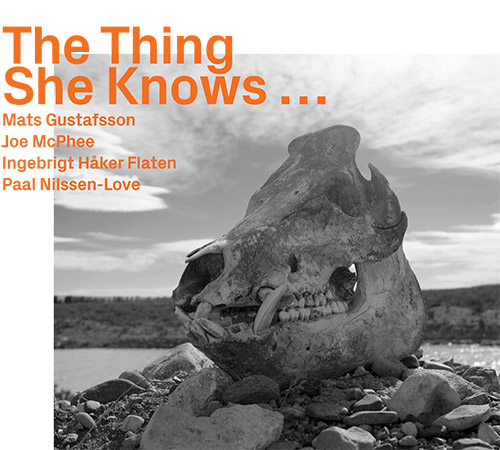


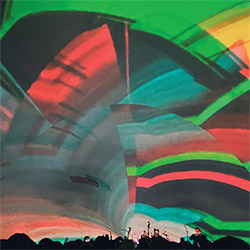
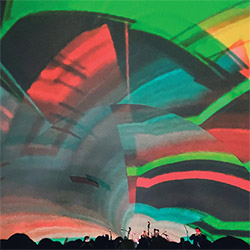




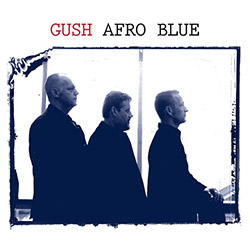
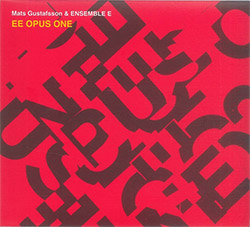

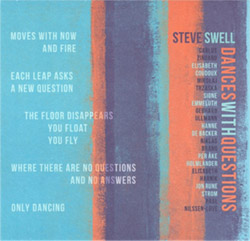


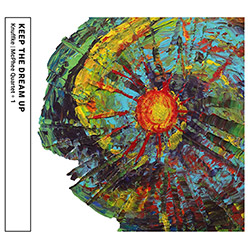


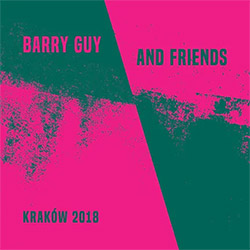

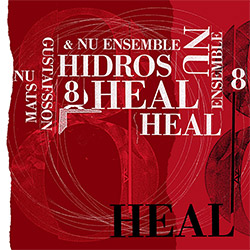
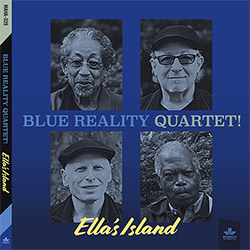
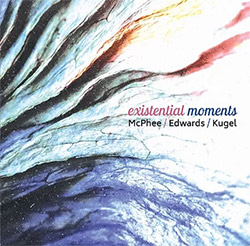
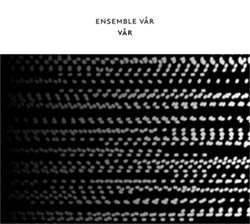



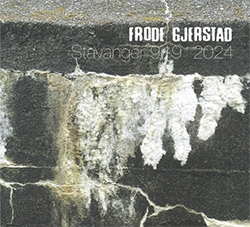
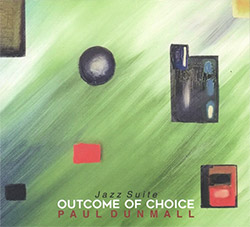
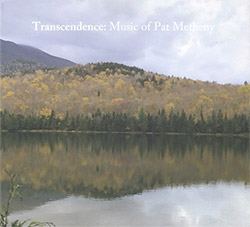
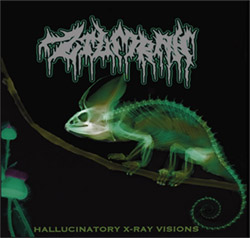
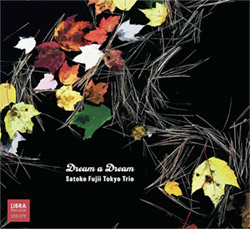
![Ackerley / Prymek / Turner: All Hope With Sleeping Minds [CASSETTE]](https://www.teuthida.com/productImages/misc4/35950.jpg)
![Myers, David Lee : Tin Drop Tear [BOOK w/ DOWNLOAD]](https://www.teuthida.com/productImages/misc4/36030.jpg)

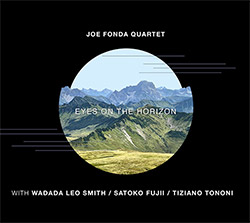
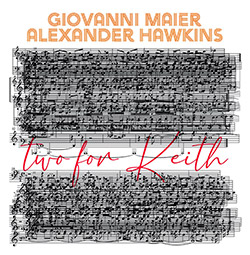
![Schindler, Udo / Sandy Ewen / Damon Smith: Munich Sound Studies Vols. 4, 5 & 6 [3 CDs]](https://www.teuthida.com/productImages/misc4/35966.jpg)
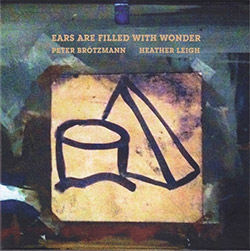


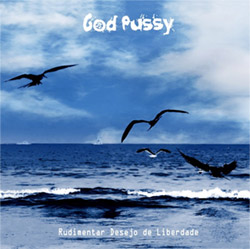


![Turbulence Orchestra & Sub-Units: Smear Out the Difficulties (Double Live) [2 CDs]](https://www.teuthida.com/productImages/misc4/36048.jpg)
![Perelman, Ivo / Tyshawn Sorey: Paralell Aesthetics [2 CDs]](https://www.teuthida.com/productImages/misc4/35871.jpg)
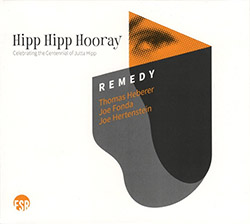

![Sjostrom, Harri: SoundScapes #4 Festival Berlin 2023 [3 CDs]](https://www.teuthida.com/productImages/misc4/35874.jpg)
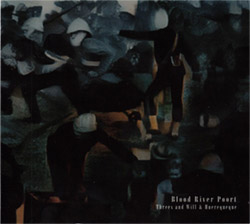
![Musicworks Magazine: #150 Winter 2024/25 [MAGAZINE + CD]](https://www.teuthida.com/productImages/misc4/36035.jpg)
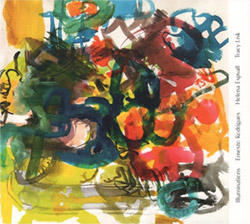

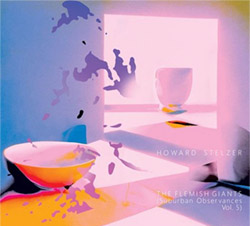


![Glenn, Jordan: Flustered [CASSETTE]](https://www.teuthida.com/productImages/misc4/35948.jpg)


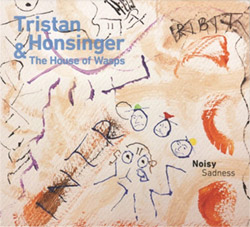
![Lindorff-Ellery, Evan: Church Recordings from Monhegan [CASSETTE]](https://www.teuthida.com/productImages/misc4/35949.jpg)
![Schindler, Udo / Werner Dafeldecker / Gunnar Geisse: Travelling Sound Images - Cognitive Transfers [Trio]](https://www.teuthida.com/productImages/misc4/35767.jpg)
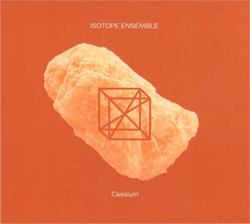
![Egberth, Dennis: The Dennis Egberth Dynasty [VINYL]](https://www.teuthida.com/productImages/misc4/35549.jpg)


![Schindler, Udo / Rieko Okuda / Eric Zwang Eriksson: Disturbed Terrains [2 CDs]](https://www.teuthida.com/productImages/misc4/35330.jpg)
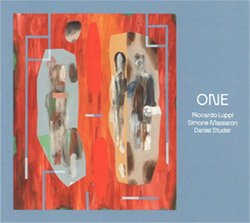
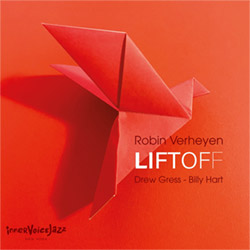
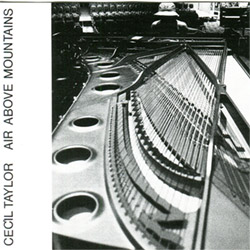


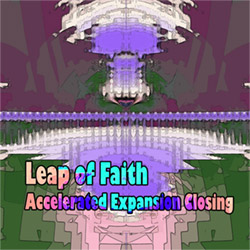
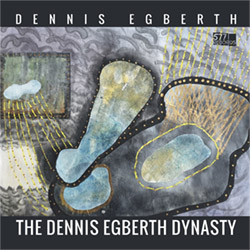
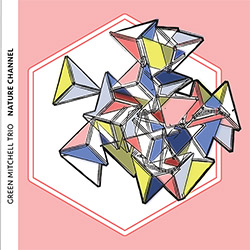

![Wolf Eyes / Anthony Braxton: Live At Pioneer Works, 26 October 2023 [VINYL]](https://www.teuthida.com/productImages/misc4/35839.jpg)

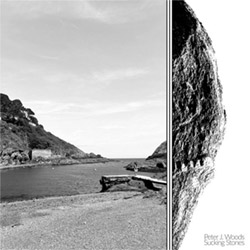
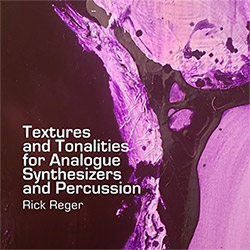

![Olencki, Weston : Pearls Ground Down To Powder [VINYL]](https://www.teuthida.com/productImages/misc4/35956.jpg)
![Myers, David Lee: Oculus [2CDs]](https://www.teuthida.com/productImages/misc4/35857.jpg)


![dustsceawung: dustsceawung [CASSETTE w/ Download]](https://www.teuthida.com/productImages/misc4/35753.jpg)
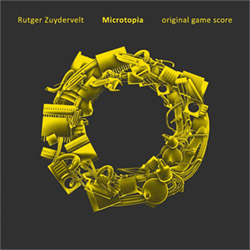



![Halls of the Machine: Atmospheres For Lovers And Sleepers [CASSETTE w/ DOWNLOAD]](https://www.teuthida.com/productImages/misc4/35806.jpg)
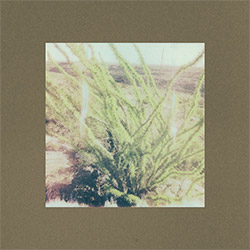
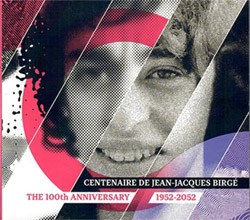
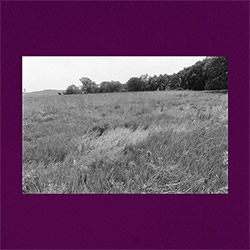
![AHC (Alexander Cooper): Lase [2 CDs]](https://www.teuthida.com/productImages/misc4/35754.jpg)



![Fagaschinski, Kai / Yan Jun : Graveyard Processions [VINYL w/ DOWNLOAD]](https://www.teuthida.com/productImages/misc4/35474.jpg)
![Brant, Cody / Carl Kruger: Smoke Detail [CASSETTE w/ DOWNLOAD]](https://www.teuthida.com/productImages/misc4/35551.jpg)







![Zorn, John / JACK Quartet: The Complete String Quartets [2 CDs]](https://www.teuthida.com/productImages/misc4/35609.jpg)

![Lonsdale, Eden: Dawnings [2 CDs]](https://www.teuthida.com/productImages/misc4/35480.jpg)







![Sanna, Claudio: Compositori Sardi Contemporanei II [2 CDs]](https://www.teuthida.com/productImages/misc4/35317.jpg)







![Zurria, Manuel: Fame di Vento [3 CDs]](https://www.teuthida.com/productImages/misc4/35167.jpg)

![Granberg, Magnus / Nattens Inbrott / Skogen: Holde Traume, Kehret Wieder! [2 CDs]](https://www.teuthida.com/productImages/misc4/35038.jpg)

![Electric Bird Noise / Derek Roddy: 8-10-22 [CD EP]](https://www.teuthida.com/productImages/misc4/35970.jpg)








![Elephant9 : Mythical River [VINYL]](https://www.teuthida.com/productImages/misc4/34624.jpg)



![Elephant9 with Terje Rypdal: Catching Fire [VINYL 2 LPs]](https://www.teuthida.com/productImages/misc4/35355.jpg)
![Deerlady (Obomsawin, Mali / Magdalena Abrego): Greatest Hits [VINYL]](https://www.teuthida.com/productImages/misc4/34876.jpg)







![Surplus 1980: Illusion of Consistency [CD]](https://www.teuthida.com/productImages/misc4/35069.jpg)
![Staiano, Moe: Away Towards the Light [VINYL + DOWNLOAD]](https://www.teuthida.com/productImages/misc4/35037.jpg)



![Caveira (Gomes / Sousa / Abras / Ferrandini): Ficar Vivo [VINYL]](https://www.teuthida.com/productImages/misc4/34643.jpg)
![Coley, Byron: Dating Tips for Touring Bands [VINYL]](https://www.teuthida.com/productImages/misc4/17906.jpg)

![Lost Kisses: My Life is Sad & Funny [DVD]](https://www.teuthida.com/productImages/misc4/lostKissesDVD.jpg)